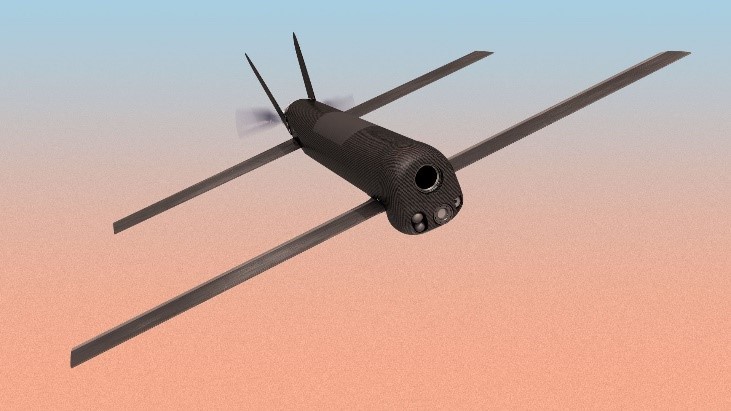
Unmanned Aerial Vehicles – Can India be the Manufacturing Hub

Defence Research and Development Organisation (DRDO) began making unmanned aerial system (UAS) with the Fluffy target drone in 1970s, which was replaced by the reusable, subsonic, pilotless target aircraft Lakshya that first flew in 1985. Around 30 were produced and operated by all the services. The advanced version Lakshya-II was flight-tested in January 2012. In March 2017, Air Force version of Lakshya-II was flight tested.
The Army-centric Nishant is a multi-mission UAS with day/night capability for battlefield surveillance and targeting, and was first flown in August 1996. DRDO claimed it equivalent of IAI’s Searcher. Finally only four were built. A wheeled version of the Nishant UAS, named “Panchi” is known to be under development. There are a large number of DRDO UAS projects since 1985, but what really counts is, what gets inducted into the Armed Forces. That number after nearly 45 years should have been much higher.
DRDO’s Rustom Series
Rustom-1 was evolved from Burt Rutan’s Long-EZ with 250 km range, for visual and radar surveillance. It was to be a tactical UAV with endurance of 12 hours, and made its first flight in November 2009. Rustom-H, is a larger UAV was with flight endurance of over 24 hours. TAPAS-BH-201 (Rustom-2) Medium Altitude Long Endurance (MALE) UAV has been derived from the National Aerospace Laboratories (NAL) LCRA (Light Canard Research Aircraft), and is meant to supplement the Heron UAVs in service. Satellite communication (SATCOM) mode and long range electro-optical payload had been tested. Automatic take off (ATO) flight was conducted on 07 Nov 2020 using indigenous technology.
Rustom UAS will use the Lycoming O-320 for smaller variants and twin Russian NPO-Saturn 36MT engines for TAPAS. On October 2020, the Rustom-2 prototype achieved eight hours of flying at an altitude of 16000 feet. Next target was 26000 feet and endurance of 18 hours. Ultimate target is 3000 km range and service ceiling of 50000 ft, and ability to carry 3000 kg weapon load. In the long run, the Rustom MALE is planned to be built with a public sector or a private aerospace partner, and negotiations are ongoing.
“Ghatak” Autonomous UCAV
Among the latest DRDO projects is the Ghatak autonomous stealthy UCAV that will be armed with missiles, bombs and precision-guided munitions. It will be a flying-wing design with internal weapons bay and a turbofan engine. The first flight of a scaled down variant is scheduled in 2021 and that of a full scale prototype is expected in 2024-25.
DRDO’s Other UAS Projects
Abhyas was a high-speed expendable autonomous aerial target (HEAT) adopted from the Lakshya tow body. The first experimental launch was made in June 2012. The Indian armed forces require 225 HEAT drones. Will Abhyas fit the bill? The DRDO “Bharat” is a light surveillance quad-copter UAS developed for the Indian Army, especially for high altitude, across-the-hill surveillance in mountainous terrain, like that in Ladakh. The initial models of the drones that use artificial intelligence (AI) were reportedly used during the recent show-down with China.
The “Imperial Eagle” is a 2.5 kg light-weight mini-UAS. The hand-launched UAS carried in a soldier’s back-pack, has a visual and thermal band camera. The continuously programmable UAS follows the assigned route and its 250 g payload, and transmits images with one degree accuracy. It is under testing since January 2012, and still under consideration by many users under home ministry and home department of several states. The 120-kilogram Pawan UAS was developed by DRDO with the Israel Aircraft Industries for day-and-night surveillance with five hour endurance. Little is known about it.
Netra is a light-weight (1.5Kg), autonomous UAV for surveillance and reconnaissance operations, developed by DRDO and IdeaForge, a Mumbai-based private firm. The development is over. Ideaforge can produce 10 UAS per month. A more advanced version is under development. IdeaForge is India’s largest manufacturer of drones for defence, homeland security, and industrial applications. They are licensed manufacturer of UAVs approved by the Ministry of Defence (MoD). They have deployed over 700 systems including with the Indian Army, Navy, Air-Force, all CAPFs, and many more.
HAL CATS
The HAL Combat Air Teaming System (CATS) is an Indian unmanned and manned combat aircraft air teaming system being developed by Hindustan Aeronautics Limited (HAL). The manned fighter aircraft will act as “mothership”, and a set of swarming UAVs and UCAVs will be controlled by the mothership. A twin-seated HAL Tejas will be the first mothership aircraft. NAL, DRDO and Newspace Research & Technologies will participate in the project. The objective is to make artificially intelligent (AI) high altitude surveillance drone, air launch platform and loitering munitions with full situational awareness to take out enemy targets from longer distance without human intervention.
Since 2017, the IAF has been on-board with the project. MoD’s Innovations for Defence Excellence (iDEX) program is also supporting such initiatives. CATS program will also include an unmanned cargo transport and rotary unmanned aerial vehicle (RUAV) that can carry payload of 25–30 kg and drop it around 18,000 feet above sea level. HAL is already started working on a 200 kg RUAV with a range of 100 km.
Technologies under development for mother-ship CATS MAX will be first tested on Jaguar MAX before implementing of Tejas Mark 1A platform. Indigenous data-link will be first tested in Hawk-i aircraft. The system components would include a CATS Warrior powered by an improved version of HAL PTAE-7 in a twin turbojet engine. Like the loyal wingman drone, it is also an unmanned stealth platform which can be controlled by the mothership CATS MAX in formation of 2-4 warrior drones from as far as 150 kilometre. CATS Warrior can also carry a payload of 24 ALFA-S up to 350 km.
The CATS Hunter will weigh 600 kg and will be powered by a single HAL PTAE-7 turbojet engine. It would be a low observable standoff air-launched cruise missile that can be integrated into CATS MAX, Mirage 2000, Jaguar or Su-30MKI. CATS Hunter will drop munitions and be able to return and recover through a parachute system. CATS ALFA will be a carrier for Air Launched Flexible Asset Swarm (ALFA-S) loitering munition. The carrier would glide around 100 km after being launched from the mothership.
The ALFA-S can automatically separate from CATS ALFA and fly using its own propulsion thereby increasing the overall striking range. ALFA-S weight would be around 25 kg and would carry 5 to 8 kilogram of warhead. ALFA-S is a networked swarm drone that will detect surface to air missile, radars and fighter jets stationed on ground. A Jaguar MAX will carry 24 ALFA-S in 4 CATS ALFA pods. Su-30MKI aircraft will be able to carry 30 to 40 ALFA-S. Under the India-US Defence Technology and Trade Initiative (DTTI), ALFA-S is the first joint project between Newspace Research & Technologies, HAL and the US Air Force Research Laboratory (AFRL).
CATS Infinity would be designed for high altitude pseudo satellite (HAPS) role. It will be a 500 kg solar powered with an endurance of nearly 3 months at a cruising altitude of 70,000 ft. It will be used for airborne real-time cueing hyperspectral enhanced reconnaissance for deep strike aerial missions inside enemy territory. It will also be used for real-time communication and control of unmanned ground vehicles.
As a civilian platform, it can also help in emergency management, internal security, providing communication for smart cities and traffic management. The Union government is providing the initial funding and the development will be completed by 2025.
IAI-HAL NRUAV
NRUAV (Naval Rotary Unmanned Aerial Vehicle) is a rotorcraft project being co-developed by Malat Solutions, a unit of Israel Aerospace Industries (IAI) of Israel, and Hindustan Aeronautics Limited (HAL) for the Indian Navy. It consists of Malat-made helicopter modification suite fitted on HAL’s Chetan, an upgraded Chetak with Turbomeca TM 333 2M2 engines. It will make Automatic Vertical Take-off and Landing (AVTOL) on aviation-capable ships and from unprepared landing sites. The project was initiated in late 2008 with initial target of 2012. It was last still at project design review stage. Meanwhile HAL had displayed the concept of Manned Unmanned Teaming (MUMT) during Aero India 2021 with LCA acting as the mother ship. Country looks forward to it.
Other Indian UAS Initiatives
MARAAL are a series of solar powered multi-purpose UAS developed by aerospace department of IIT Kanpur. The project was sponsored by Aeronautical Development Agency (ADA). MARAAL-1 flew first in April 2017. MARAAL-2 was to be an autonomous MALE. The UAS was last displayed at DefExpo 2020. Slybird is a hand launched mini-UAS developed by National Aerospace Laboratories (NAL) for military or police use. Not much has been heard of this project.
Indigenous Drone Start-Ups
Indian government and IAF have been encouraging Indian drone start-ups. IAF held the Mehar Baba Prize competition for participants to build a swarm of 50 drones to lead Humanitarian Aid and Disaster Relief (HADR) operations. Team Delhi Technological University-Flair Unmanned Systems Pvt Ltd won the award for best communication architecture while Dhaksha Unmanned Systems Pvt Ltd from Anna University, Chennai bagged the prize for the best drone architecture. Team Veda Defense Systems Pvt Ltd, a start-up based out of Noida, was given the award for best innovation in design. The winners were to get Rs 10 lakh in prize money and an opportunity to co-produce Rs 100 crore order for induction of the drones into IAF. Meanwhile a number of start-ups have come-up.
The 2013 formed, Aarav Unmanned Systems (AUS) is a Bangalore based drone manufacturer. AUS is already big in commercial drones in India. AerialPhoto (Envent digital Technologies) offers an array of services like high resolution drone photography, aerial mapping, and live video streaming. Detect Technologies offers intelligent automated drones. Its product Noctua can do a programmed flight indoors using its unique positioning system. The company is present in markets like US, Canada, Singapore, Indonesia and Middle East and services more than 25 large enterprise clients. CRON Systems builds Multi-sensor enabled intrusion detection systems. It also builds solutions to detect drones, and is working on automated patrol vehicles. India’s Border Security Force (BSF) installed several CRON laser walls along the border to keep a vigil on intrusion. Kolkata based Rchobbytech Solutions Private Limited offers variety of drones for agricultural and surveillance solutions. DRDO and Indian Army are its clients.
1 Martian Way (1MW) is a Mumbai based Artificial Intelligence Company that supports powering drones and robotic systems. Chennai based Aero360 offers hybrid drones for high-resolution aerial images & videos, and data processing and analysis for deriving actionable intelligence. Indrones Solutions has been developing technologies to implement solutions for various applications using UAS since 2013. Developed by Bengaluru-based drone operator Adarsh N’s “Chakra” is a Rotary Unmanned Aerial Vehicle attracted attention at the Aero India 2021.
The Indian Armed forces have begun placing significant orders for drones and swarm drones. Bengaluru-based start-up NewSpace Research and Tech is working with the Hindustan Aeronautics Limited (HAL) to develop a futuristic air-launched swarm drone system as part of the Manned-Unmanned-Teaming project called the Combat Air Teaming System.
New Drone Policy
In March 2021, the Ministry of Civil Aviation (MoCA) published the UAS Rules, 2021. They were perceived by academia, Startups, end-users and other stakeholders as being restrictive in nature as they involved considerable paperwork, required permissions for every drone flight and very few “free to fly” green zones were available. Based on the feedback, the Government has decided to repeal the UAS Rules, 2021 and replace the same with the liberalised Drone Rules, 2021. Government of India has banned the import of drones in India.
The civil aviation ministry has now made it easier for people to fly small drones legally for non-commercial purposes, by announcing the Drone (Amendment) Rules, 2022 which says that remote pilot certificate (earlier it was called licence) will not be required for flying small to medium size drones of up to 2kg for non-commercial purposes. Also, those who are flying drones that are beyond 2kg in weight or for commercial purposes no longer need to get a ‘Remote Pilot Licence’ to legally fly. Instead, they simply require a Remote Pilot Certificate. This certificate can be issued by an authorised remote pilot training organisation to any individual, as per the new law. This is a major step to make things easier for drone enthusiasts in the country. Also, it is expected to give a boost in drone deliveries in the country.
Sameer Joshi, CEO of Newspace Research and Technology, said that the new drone policy of the government is a big leap. “Now anybody can fly drones. However, the next challenge is to work on the development of hardware like motors and propellers, etc. As far as the military usage of drones is concerned across the world, it is seen that the military ecosystem has helped the civilian ecosystem to grow. Reconnaissance, offensive capabilities and electronic warfare are the areas where drones can be used for the military,” he said.
International Joint Ventures – A Possible Option
Adani Elbit Advanced Systems, is a joint venture between Adani Defence & Aerospace and Elbit Systems of Israel. They are producing and exporting Hermes 900 UAS to international customers from its Adani Aerospace Park in Hyderabad. The indigenous content is claimed to be 60 percent. They are setting up a design and development centre for defence technologies for global customers and the Indian armed forces. HAL signed a strategic partnership agreement with IAI and Dynamatic Technologies Limited (DTL), during DefExpo 2020, to jointly manufacture drones. The proposal is for initially manufacturing the unarmed Heron Mark II, which could be converted into an armed UAV if required.
Way Ahead
India has a huge market for both civil and military applications of drones. Bulk of this requirement is being met through imports. There is a proposal to buy at least 30 high-end drones from General Atomics of USA worth nearly $3 billion. The manufacturing potential within the country, both in public and private sector is huge. It is waiting to be tapped. What matters in the end is what actually gets inducted for operations.
Military needs systems that can survive the hard physical and electronic warfare battlefield conditions. Armed forces require high accuracy and in many cases weaponised solutions. UAVs are an important element of asymmetric warfare. There is a market for all categories of drones from micro to heavy, from hand-held to high-altitude.
China is already a world leader in small UAS, and has many large UAS under development. Turkish drone manufacturer Baykar Defence has made rapid strides in drone technology, and is emerging as a significant player including in Ukraine. Pakistan is also investing heavily in these relatively cheap force multipliers.
The Indian drone market is growing rapidly. The future is mostly unmanned or optionally manned, including heavy cargo. India must get its act right through collaboration between public and private sector, and has the potential to become a global hub.
*****************
Disclaimer
The opinions expressed in this article are the author’s own and do not reflect the views of Chanakya Forum. All information provided in this article including timeliness, completeness, accuracy, suitability or validity of information referenced therein, is the sole responsibility of the author. www.chanakyaforum.com does not assume any responsibility for the same.
Chanakya Forum is now on . Click here to join our channel (@ChanakyaForum) and stay updated with the latest headlines and articles.
Important
We work round the clock to bring you the finest articles and updates from around the world. There is a team that works tirelessly to ensure that you have a seamless reading experience. But all this costs money. Please support us so that we keep doing what we do best. Happy Reading
Support Us







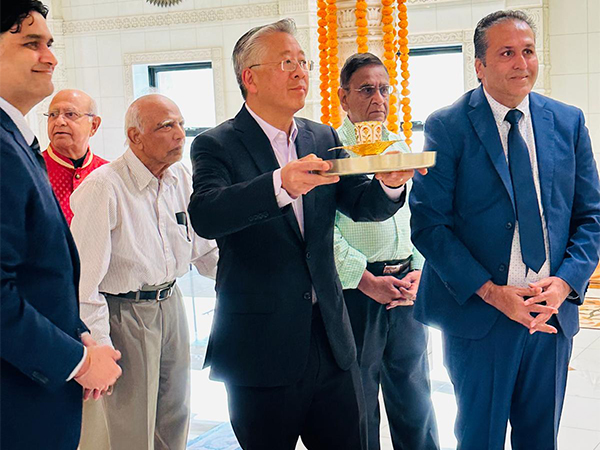
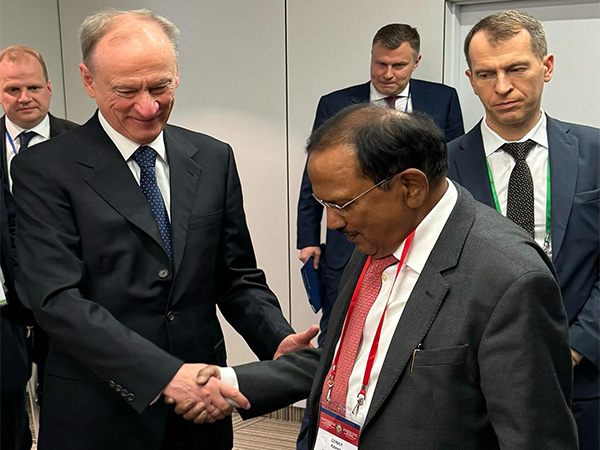
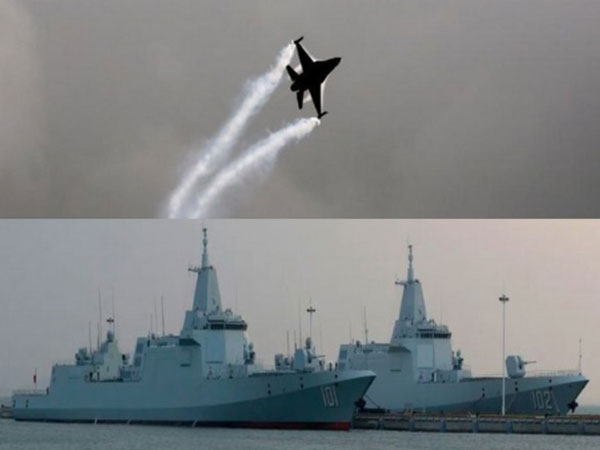



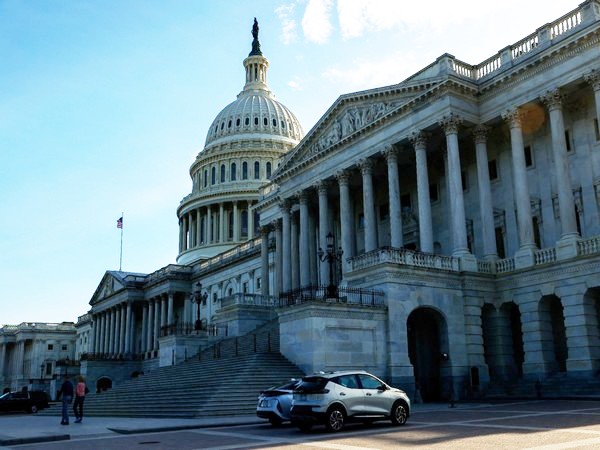







POST COMMENTS (0)